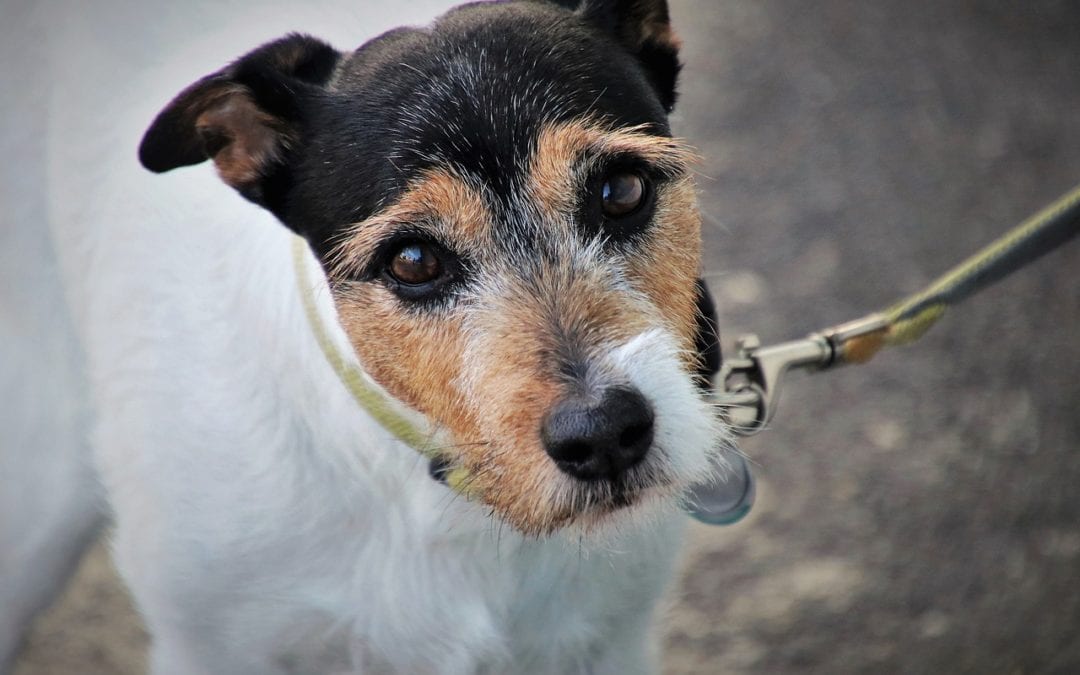Max from Columbus asks, “Do I really need a cat carrier?”
I love this question! Let’s talk about restraint.
Walking into the vet’s office can be quite an experience for some people, and quite a nightmare for some pets. Although I wish it weren’t true, some of our patients do not like to come see us! For some, the worst bit is the waiting area.
As a human bringing their pet to the vet, there are several things you can do to make the experience less traumatic.
For cats:
Keep them in a carrier. It keeps them safer in the car, the parking lot and the office. Additionally, a carrier keeps you safe, as they cannot use you as a springboard to freedom. 18 small claws/knives can do some damage!
Consider covering the carrier with a towel. Cats are both predators (of song birds, mice) and prey (to larger carnivores). Thus, cats naturally like to hide from things that may eat them, like dogs. Imagine your Mom taking you to the pediatrician, but the waiting room is full of alligators.
I can hear some of you thinking, “But my cat HATES the carrier.” Well, cats aren’t stupid. If you get a smelly, dirty box out of the basement twice a year and shove them in it to take them to a room full of alligators, of course they hate it.
For them to like the carrier it has to be a comfortable happy place on a regular basis.
Think about removing the top and putting a blanket inside and placing the box in the sun. Or, giving your kitty a lovely wet food treat everyday and feeding them inside the carrier. Make it a pleasant, regular experience.
I, for one, do not relish the idea of an ugly blue plastic box in my sunroom. There are carriers designed to be an attractive cat bed. The bed zips up into a carrier.
There are a lot of options out there. Keep in mind when purchasing a carrier, that cats, generally, like a solid floor beneath their paws. Also, for a cat, staying in the carrier for the exam and treatment makes them less stressed. So, a carrier with an easily removable or lid that unzips can make it possible for the vet to leave the cat inside and still get our exam completed.
For dogs:
The number one thing I need to get across: your dog is not the only dog in the waiting room. Your dog may be friendly, well-behaved, off-leash-trained perfection but it does not matter. PUT YOUR DOG ON A LEASH. Keep your dog next to you. A scared dog will bite a friendly dog. An unrestrained dog makes a scared dog even more freaked out. A dog wagging its tail is not necessarily friendly; some of them are over stimulated and ready to snap.
The number two thing I need to get across: a “walkie-lead” the kind with the long cord that goes in and out of a hand held winding shield IS NOT A LEASH. I have yet to find a qualified behaviorist or veterinarian who likes those things. A leash is 4-6 feet long, wide and flat. If you bring your dog on a walkie-lead, or a chain leash, chances are we will change them to a flat nylon lead to walk them anywhere in the vet hospital.
We have wonderful assistants, technicians, veterinarians and animal care staff. Not one of them likes to wrap a chain around their hand and try to hold on to a reactive dog. The walkie leads are even worse, and can cut into hands, get tangled in legs of pets or handlers and make our jobs more dangerous.
Takeaway:
To come to the vet hospital…
Invest in a cat carrier that is safe and useable for your pet.
Keep your dog on a leash (4-6 foot, wide, flat), next to you.
I shall nominate each one of you for “Client of the Year” awards!
Want to Ask a Gahanna Vet? Send your question to clients@gahannaanimalhospital.org and make the subject line “Ask a Gahanna Vet.”

